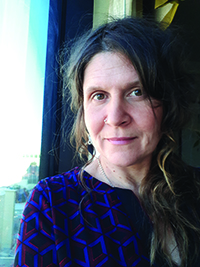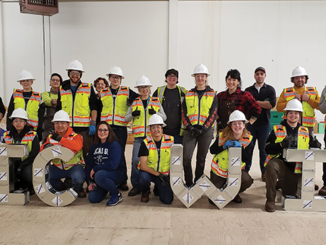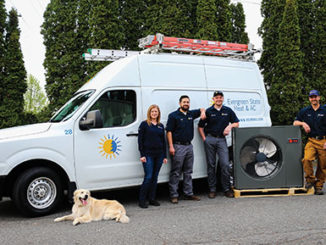By / Jessica Kirby
Editor, Sheet Metal Journal – Western Washington

Around the time we were celebrating International Women’s Day (March 8), my ten-year-old daughter came home from school and asked if she could teach me the difference between “equality” and “equity”.
“Of course,” I agreed. Her heroes are Rosa Parks, Abby Wambach, Amelia Earhart, P!NK, and RuPaul. That means that even in grade five, she knows how to be a badass and look good doing it, so I knew anything she had to say about International Women’s Day was going to be great.
“Equality,” she explained,” is when everyone gets the same thing. Equity is when everyone gets what they need.”
She used the example of a three people—an adult, a teenager, and a small child—peering over a tall fence to watch a baseball game. They all have a block to stand on that will make them tall enough to see the game. This is equality. However, the adult can see the game just fine without a block so doesn’t need his. The teenager needs his block to see, and the small child has a block but still can’t see because one block is not enough. When the adult has no block, the teenager has one block, and the small child has two blocks: that is equity.
We look at days of notice like International Women’s Day and Women in Construction Week and we intrinsically understand that gender equity is not yet a thing. Yes, we have come a long way from burning our bras and taking to the streets, and the issues are different. Overt, abusive discrimination is rare now (thank goodness) but inclusive workplace culture, pay equality, and mentorship are still the Holy Grails women seek in male-dominated workplaces and industries. They are the blocks they need that the fellas already have.
Culturally speaking, we have passed a tipping point where it is a very small segment of people in construction who would actively harass a woman in construction just because she is a woman. We are in a holding pattern in which women who are “like one of the guys” are the most likely to fit in on construction jobs sites, and hopefully, with enough support, women who are “like themselves” will one day see the same success. Yes, women are still underrepresented in construction but some women don’t want that kind of job and never will, so equality isn’t the point. The point is access. The point is equity.
Times, they are a changin’.
The sheet metal industry has been generous with its blocks. Women in Construction Week, women’s groups, women’s committees, mentorship programs, educational programs aimed at women in leadership, accessible technical training, and most importantly, a strong, unified effort to change workplace culture has made sheet metal one segment in construction that has seen growth in the number of women in the trade.
But there is still work to be done. Real progress will happen when we aren’t talking about women in construction anymore. We will know equity when we are just talking about people in construction, the construction workforce, the hard-working, focused, intelligent, strong men and women who build our cities and keep us housed. In the meantime, the initiatives keep going strong, the groups keep building, mentors keep stepping forward, and one day we will all watch that baseball game together. ▪



